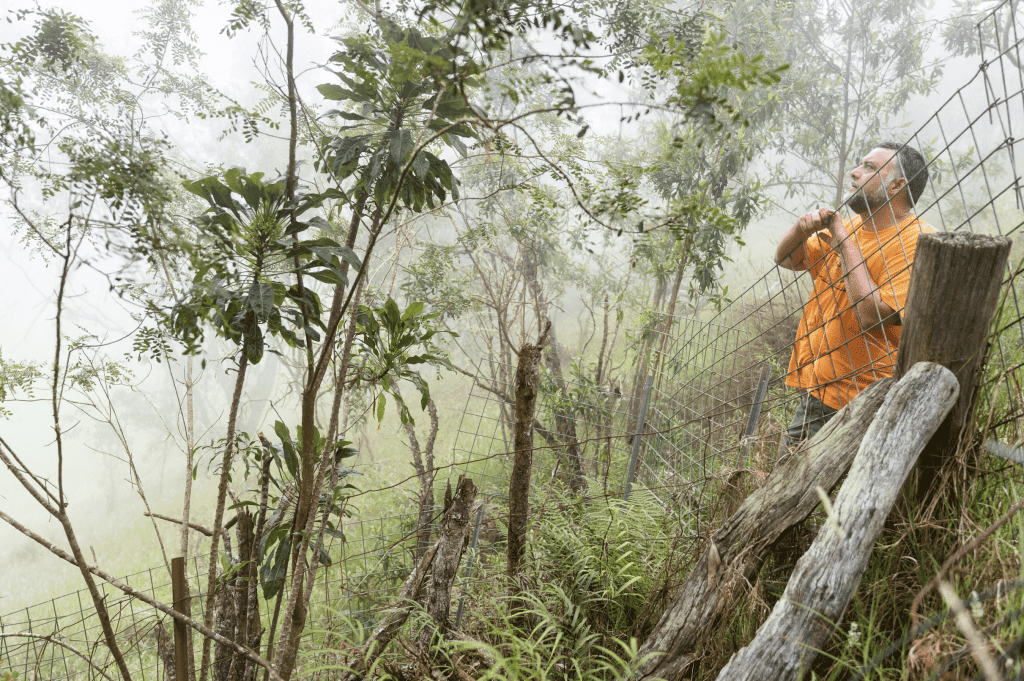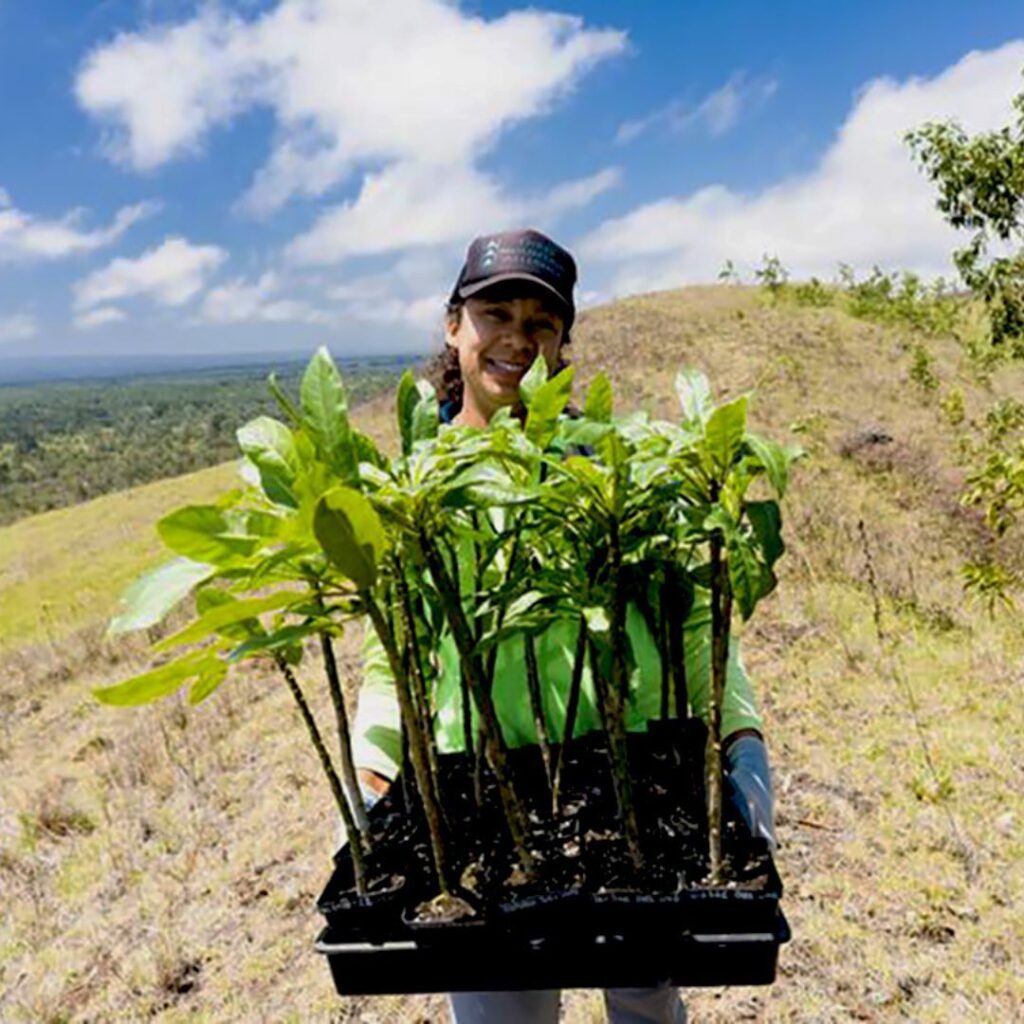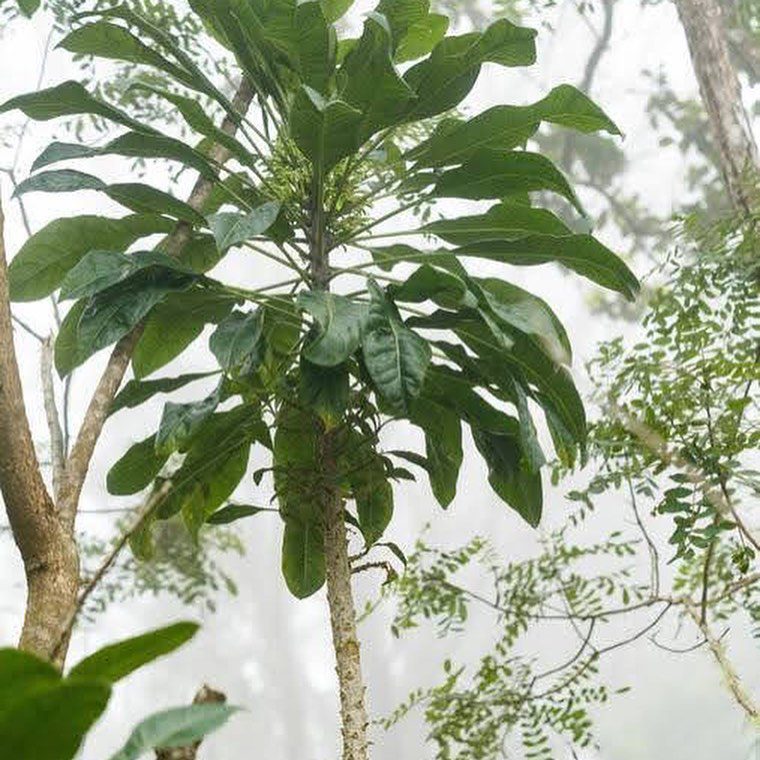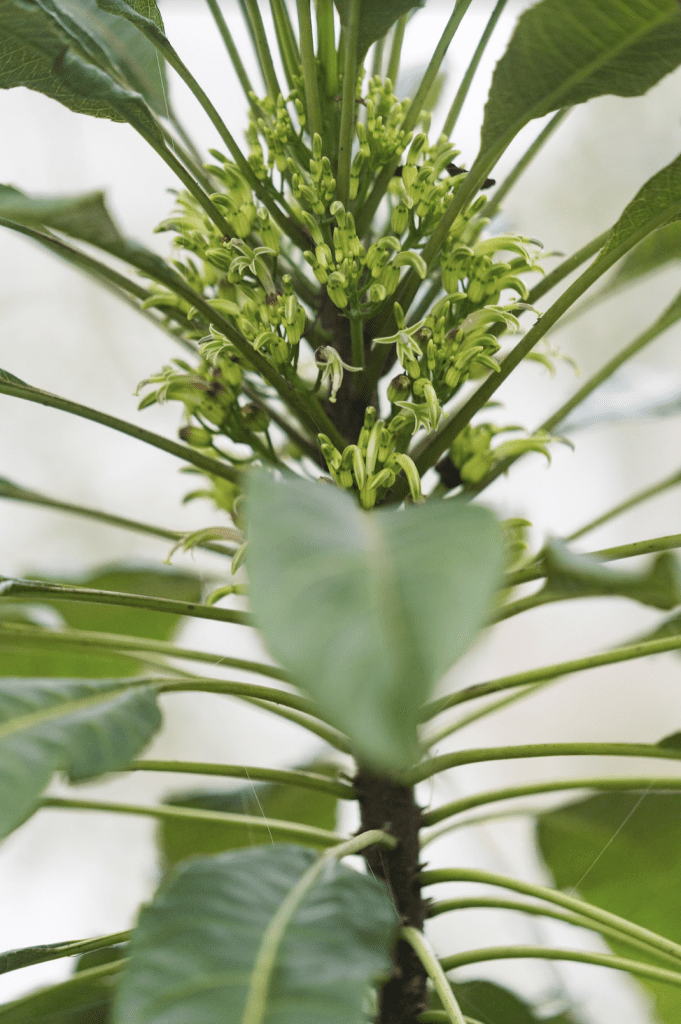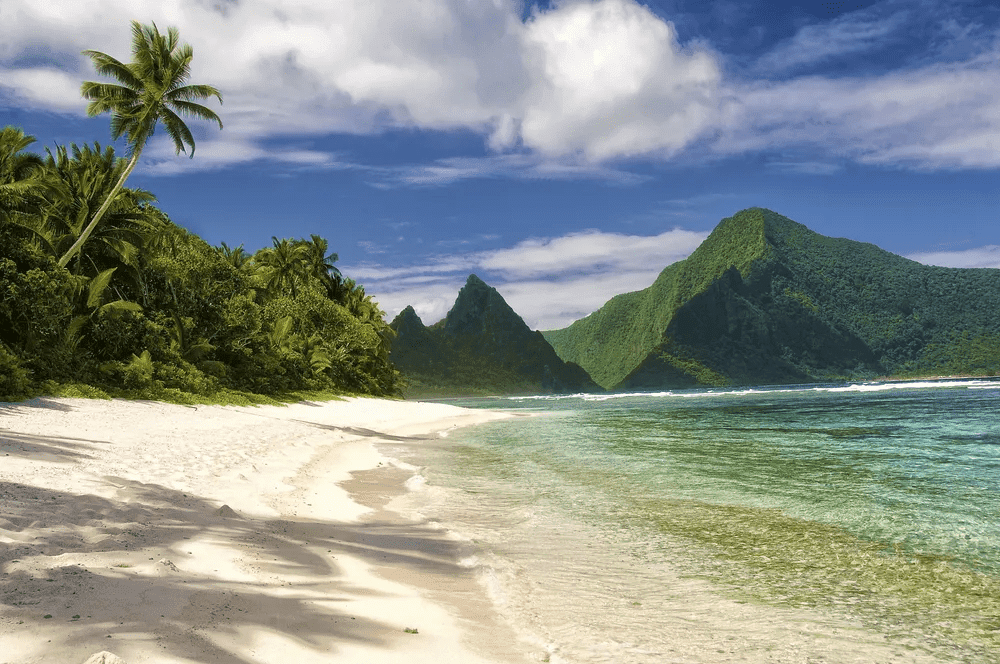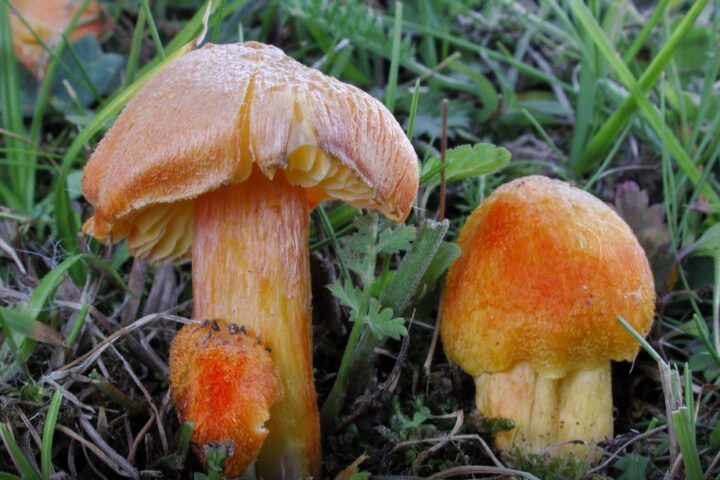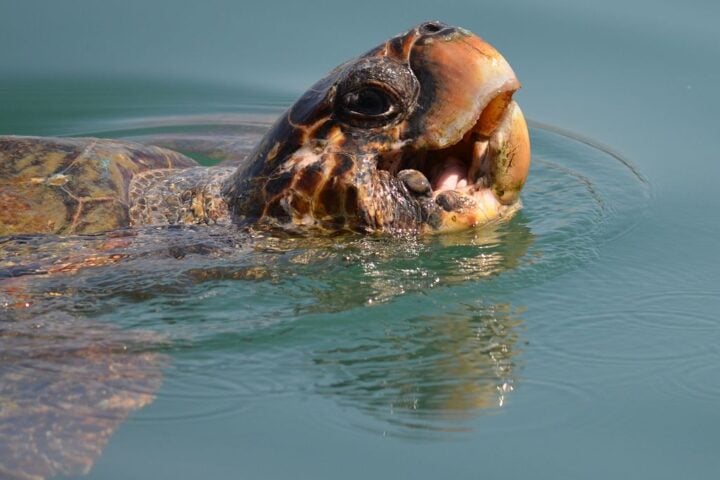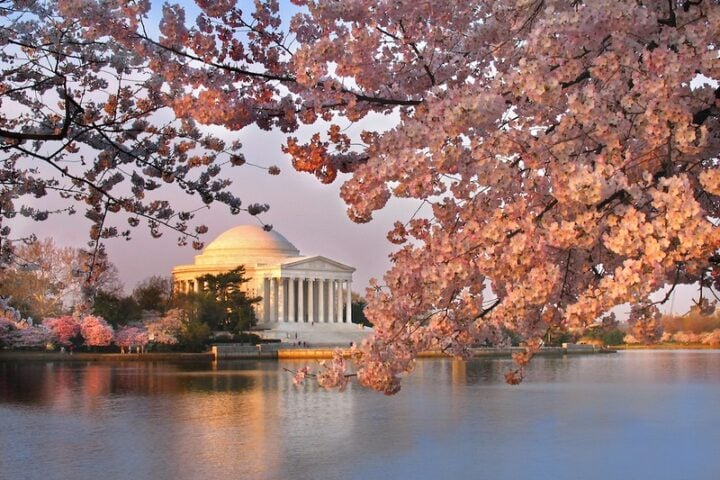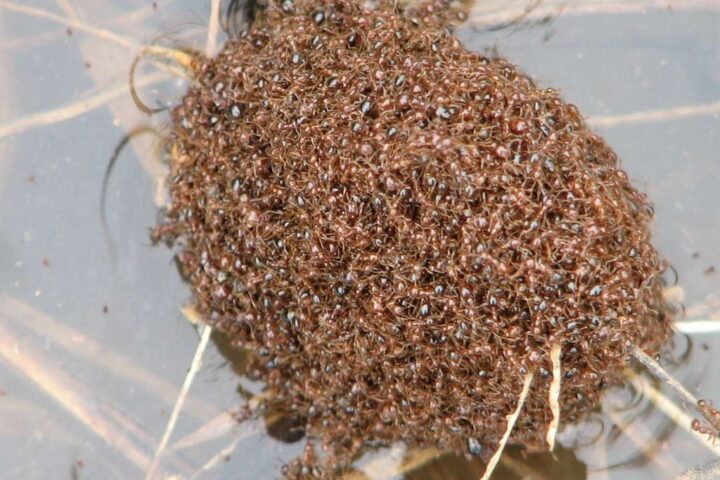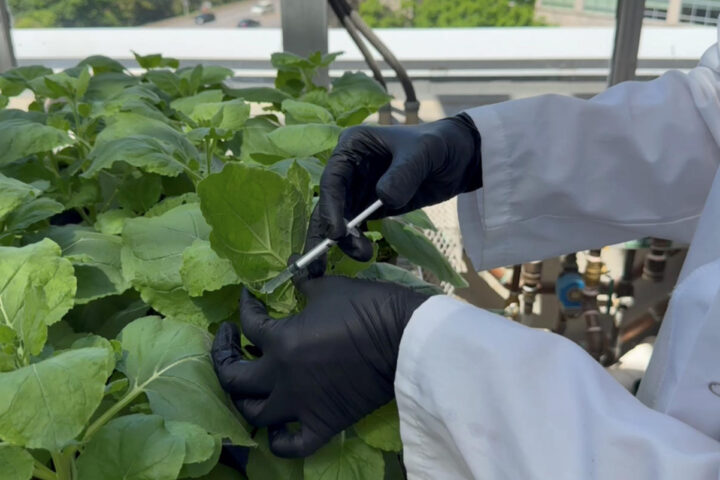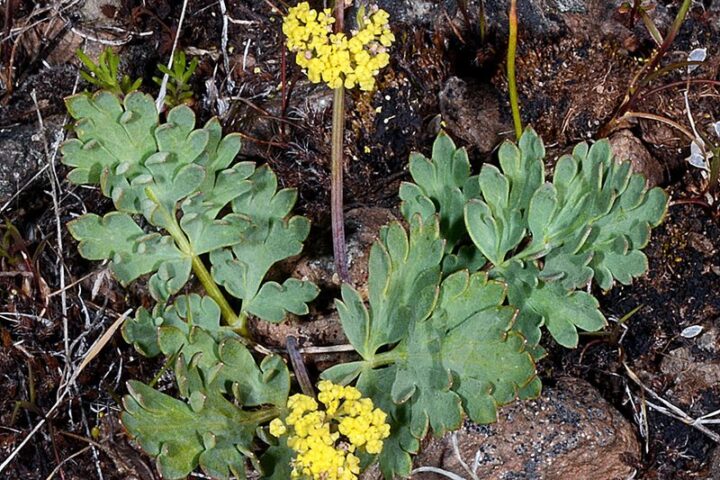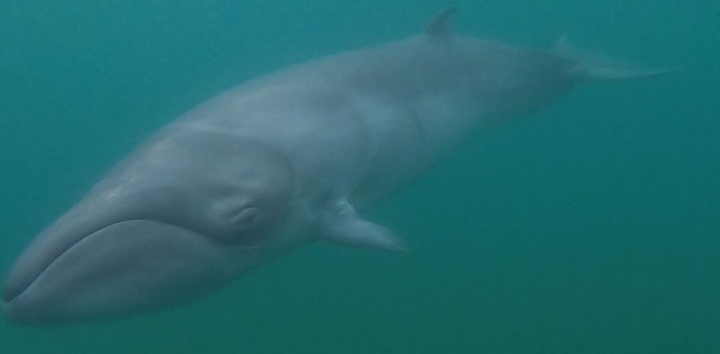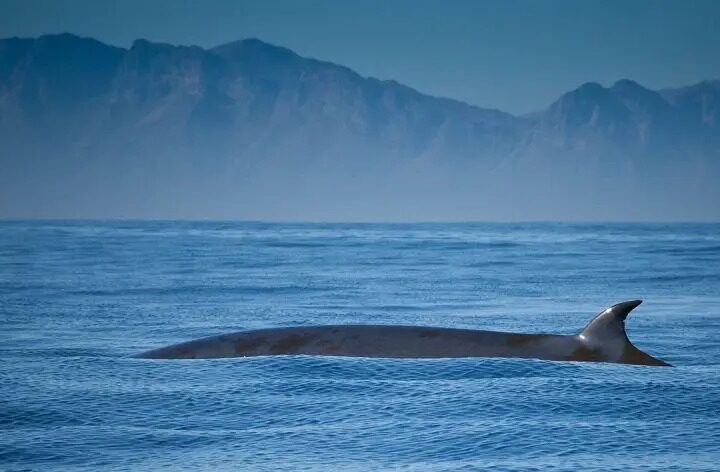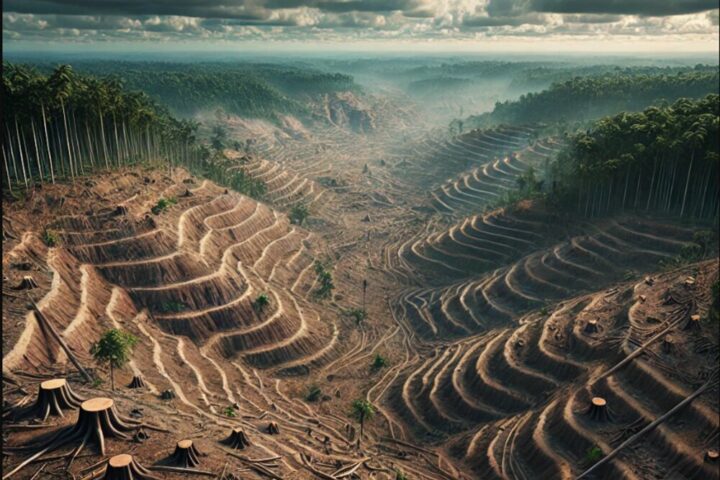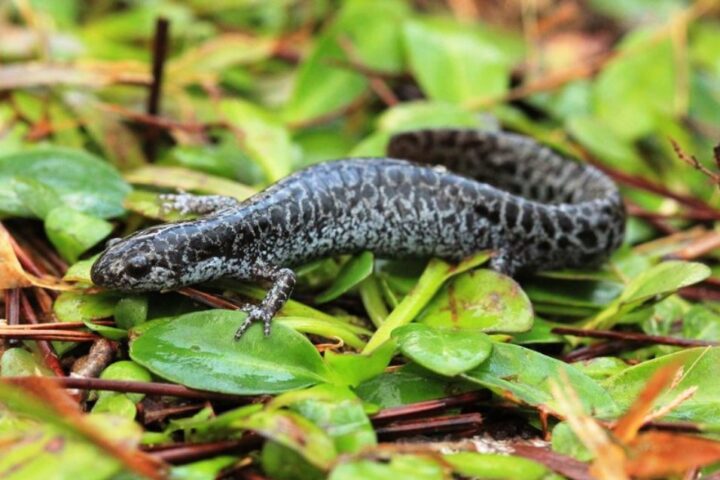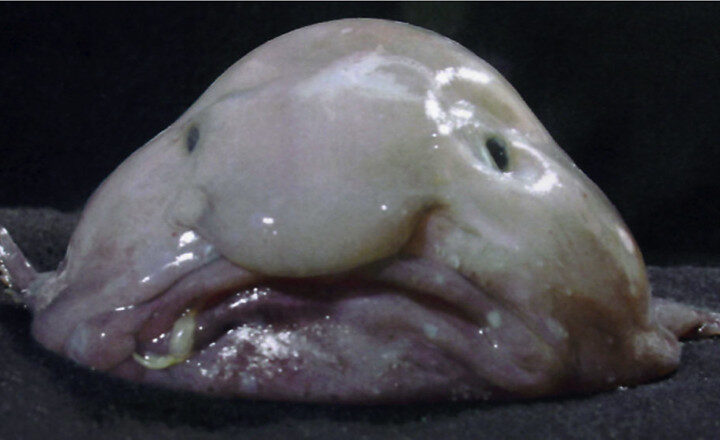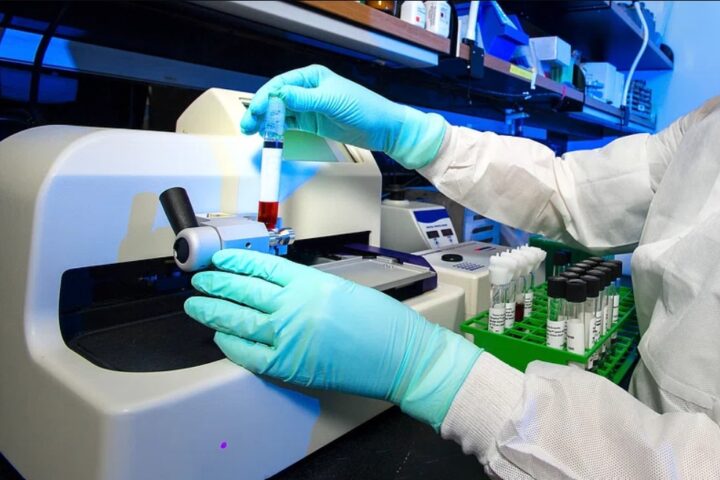Delissea Argutidentata has been rediscovered in Hawaiian areas after going completely extinct. The Delissea plant, which had last been seen in the area in the early 1970s, was thought to be extinct until it was rediscovered in a crater in Hawaii according to the release. The conservationists are thrilled with the rediscovery and have already begun the conservation efforts for the revival of the species. An amazing variety of unusual plant species can be found in the Hawaiian Islands. Currently, it is thought that the State of Hawaii is home to 1,400 vascular plant taxa including species, subspecies, and variations, about 90% of which are unique to the state, as per the Hawaiian Government.
In 1992 a single plant of Delissea Argutidentala was found, but it died in 2002. According to a joint news release from Kamehameha Schools, the Three Mountain Alliance (TMA) and the state’s Department of Land and Natural Resources (DLNR), published on Monday about the discovery of Delissea Argutidentata in March 2021. The plant was located and protected with assistance from these departments in Hawaii. Since then, the plant has been considered extinct in the wild. In March 2021, the Delissea was discovered growing on a Sophora Chrysophylla, a tree with flowers like a shrub. Next to a former, fenced-in space used by a prior renter, it appeared to be three distinct plants.
Delissea Argutidentata, an inspiring renewed confidence that efforts to preserve biodiversity on the islands resulted in the discovery of plant species in Hawaii that was once believed to have been extinct. They were once frequently found growing in the shade of enormous koa trees and along the slopes of ancient volcanoes.
Species Biodiversity And Variations
More than 100 plant species have already been extinct, and more than 200 are thought to have. Only 50 or fewer individuals are left in the wild. As a result, Hawaii is now frequently referred to as the Endangered Species Capital of the World.
Officially, the Federal and State governments have listed 366 of the Hawaiian plant taxa as Endangered or Threatened, while an additional 48 species have been proposed for endangerment.
Hawaii is home to 44% of the country’s Endangered and Threatened plant species, although making up less than 1% of the country’s total geographical area.
Major Significances
- Three separate Delissa plants were found in a crater on land owned by the school system on Hawaii Island which is already being used to help replenish their species. They were discovered growing on a Sophora Chrysophylla (mmane, in Hawaiian), a tree with flowers like a shrub. Next to a former, fenced-in space used by a prior renter. Seeds were retrieved from the three plants in the crater, which grew into 30 seedlings.
- Amber Nāmaka Whitehead, the school system’s natural resources manager called it “the first step toward a much bigger focus on rare species recovery,” in the release.”We need both: healthy native ecosystems and every one of our rare species. They are critically important to our Hawaiian cultural identity and our health and well-being as a people,” she went on.
- Delissea Argutidentata has a long, unbranched trunk, which can grow as tall as 35 feet. A single plant was discovered in the forest reserve in 1992, but it perished in 2002. The Delissea, a palm-like tree with top-cluster flowers that can reach a height of ten meters, was propagated using some of the seeds that were saved.
- Colleen Cole, the coordinator of the Three Mountain Alliance, an organization dedicated to managing watersheds across the Mauna Loa, Kilauea, and Hualālai mountains, called the detection of the three plants “an important message of hope.” He also pointed out that there is often much focus on the loss of species, forests, and sacred places in Hawaii and maybe that is human nature but the Delissea always reminds all to nurture and make room for hope and discovery.
- To support Delissea’s success and reestablish itself in the wild without drawing notice from the public, they are growing in a place that is kept secret.
Hence, the enclosure revealed the ruins of a larger individual plant. Staff members from all three organizations have made steps over the past year to safeguard the genetics of the few remaining plants and to conserve their small population.
